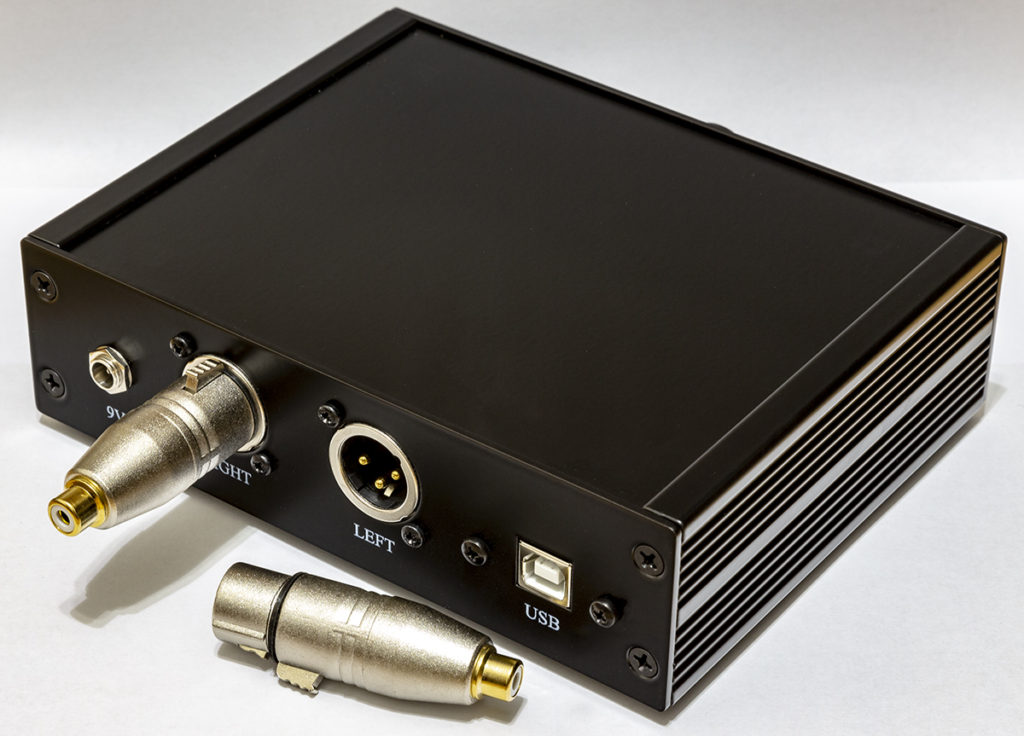A lot has changed in the past six months. We no longer live in a world where it is safe to shake hands, go out to dinner, or live as we did before. COVID-19 has changed life radically for some and slightly for others, but it has changed life for everyone. Working from home now, my music and my headphones or turntable are always within reach whenever I want to listen.
But the cost of this is that it is now listening to music is no longer an escape. The special has become common. Instead, I use music to block out the neighbor’s yard work, my wife’s noisy online meetings, or the cacophony of noise one is gifted with when living with parrots and hounds. High-quality audio is no longer an escape.
For all of us, music is just here in the house, like we all have been, for the past six months. I look forward to the days when this changes back to how it used to be. Though there is an upside of always being at home. I’ve had a lot more time than I usually get to really listen to a component and resolve if I really like this thing, or if I really like that it is just new and shiny.
My History with Orchard Audio
I purchased the PecanPi® DAC before I even said I would write a review for it. Everything else I have heard from Leo, the owner, and engineer of Orchard Audio, has been fantastic and affordable. So, it was worth the risk for me to spend $499 on the DAC and hope that it would be something I wanted to live with. After four, five, six months now, I’m not really sure how time works any longer, but I am confident I made the right decision in buying the PecanPi USB DAC.
When I first had the opportunity to review the ApplePi DAC, it came attached to a Raspberry Pi computer, with a small 5-inch touch screen. It required a good bit of “OK this is something new, and now I have to figure it out, and oh geez, do I even have time for this.” These considerations aside, I’m very glad I spent the time. The ApplePi DAC sounded great, and the introduction to the small Raspberry Pi computer led me to create a few of my own Pi projects for my work and home. I owe Jack and Leo some thanks for that.
But not to digress too far, I told Leo that this ApplePi thing needs to be USB plug-n-play into a PC and just work. Not everyone wants to learn Linux, or how to flash a thumb drive with the Pi OS, or see a kernel install or worse, deal with configure files when things don’t work. I don’t think most people like to tinker. I probably wasn’t telling Leo something he didn’t already know. Thankfully about two years later, the PecanPi USB DAC was released, and now I have one. Great! So enough with the preamble, let’s talk about how the thing sounds!
Reviewing the PecanPi DAC
I have used the PecanPi DAC across several PC laptops, Mac laptops, a Raspberry Pi with Volumio streaming software, with Spotify streams and with 24bit high-resolution audiophile tracks downloaded from HD Music and other such services. The PecanPi DAC has been the front-end component for my headphone system as well as for two different bookshelf speaker systems with several different solid-state and tube amplifiers.
I did tend to use it primarily in my headphone rig as my larger speaker systems are typically hooked up to a turntable. My one-person system consists of a Burson Audio HA-1 Soloist, Audeze LCD-2 headphones, Cardas XLR to RCA adapters, WyWires USB cable, and Stager Silver Solid interconnects and headphone cables, along with an Audience v8 power platform and Audience forte 3 power chords. And speaking of the Audeze LCD-2 headphones, they are obviously not the flagship model, but I don’t think I’ve yet found their sonic limitations. It seems once a year I continue to be impressed by some new source or driver that just makes these cans sing like I’ve never heard before.
Listening to the PecanPi DAC

Once I had the PecanPi DAC set up and was using the XLR outputs, I spent the first night sitting in my big comfy old leather chair listening to all the tracks I typically play first with new equipment. Frankly, I was shocked at the level of detail the PecanPi DAC offered, and I was amazed that the LCD-2 headphones still gave me more than I thought possible. I could hear the inconsistent and sometimes slightly off rhythm cha chunk of the shaker in the epic ten-minute rocker “Three Days” by Jane’s Addiction.
I also heard more percussion and cymbals than I knew were recorded on “Bird On a Wire” by Jennifer Warnes. All of the live album, “Towards the Within” by Dead Can Dance, sounded more alive than I ever remember. And, I saw them in person at the Greek Theater in Berkeley, CA. “Joan of Arc,” again by Jennifer Warnes, sounds just that alive, with all of the flaws and mistakes or reality that I didn’t really pick up on before.
PecanPi DAC – Affordable and Engaging
On the whole, no part of the audio spectrum seems pushed out of place, the bass is deep and impactful. The detail allows for extremely fast breaks into silence and back again. It’s like the sound has gone right off of a cliff, falling, gone, out of range. Then just like a fast cut in a good action movie, it is right back at it again driving hard and solid. Hold your breath, it’s all gas and no breaks!
The vocals and mid-range are open, life-like, and clear. Horns, especially the saxophone from the band Morphine, just tickles the ears. I love noises that do that. Maybe that’s why I like distortion and banging so much. It’s just so physical. But the PecanPi doesn’t just rage. Daftpunk’s Random Access Memory album is smoother, slicker, more detailed, and thick. It is even more interesting to listen to now that I can hear more subtleness in the recording. I can’t say the PecanPi works better or best with any genre of music. It handles all with grace, or power, or life and vibrance. After all the time I’ve spent with it, I’m still shocked that it is so affordable and engaging.
Recommendation
Here’s a brief comparison of the PecanPi DAC to another of my favorites, the Audio Note DAC Zero, which is an older but very good sounding DAC nonetheless. Overall the PecanPi presents more like a great class A amplifier. It is going to give you everything, as it is, whether you want it or not. While the DAC Zero presents more like a 300B or 211 tube amplifier, but with its own signature on the sound. Both are enjoyable, usually for different reasons.
There is one thing to note. The early version of the PecanPi had a design issue which has now been resolved. One of the RCA connectors was too close to the power adapter and larger interconnect adapters didn’t have enough room. This has now been changed and the newer version only has XLR connecters with included XLR to RCA adapters.
Good job again, Leo, on such a great sounding and affordable component. I have no regrets in my purchase.
Retail Price: $499
Specifications and Test Results



